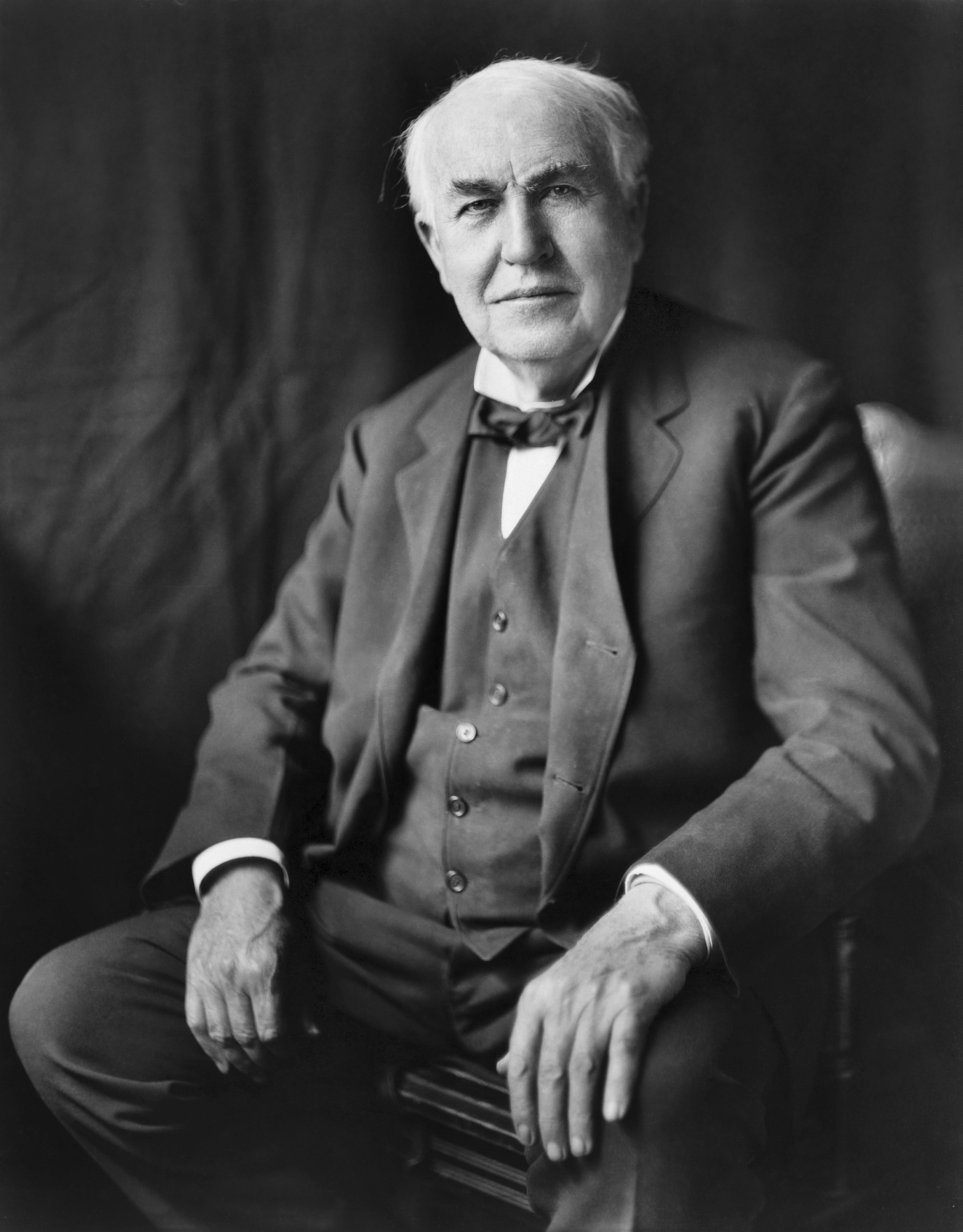Applications for the Quadruplex Telegraph
Even after the invention of the telegraph, most personal communication still had to travel by mail. This was extremely slow, but telegraph technology was new, expensive, and not extremely widespread. It took the breakthrough of the quadruplex telegraph to make this sort of communication viable.
“Most of the continental state telegraphs at this time had a zone (distance) tariff for a standard message (either fifteen or twenty-five words, with five word increments), charging as well for addresses and for delivery outside of the destination town. A one hundred word limit was commonly imposed on public messages.”
- Steven Roberts (Historian)
These lowering costs allowed increased telegraph use in a wider variety of applications. Initially, the telegraph was mostly used by large railroad companies for scheduling. As the quadruplex improved telegraph technology, business and stock market information could be sent in much larger quantities. It also opened up the possibility of affordable personal communication.
The quadruplex telegraph was the first step in making fast, reliable communication affordable for individuals.

